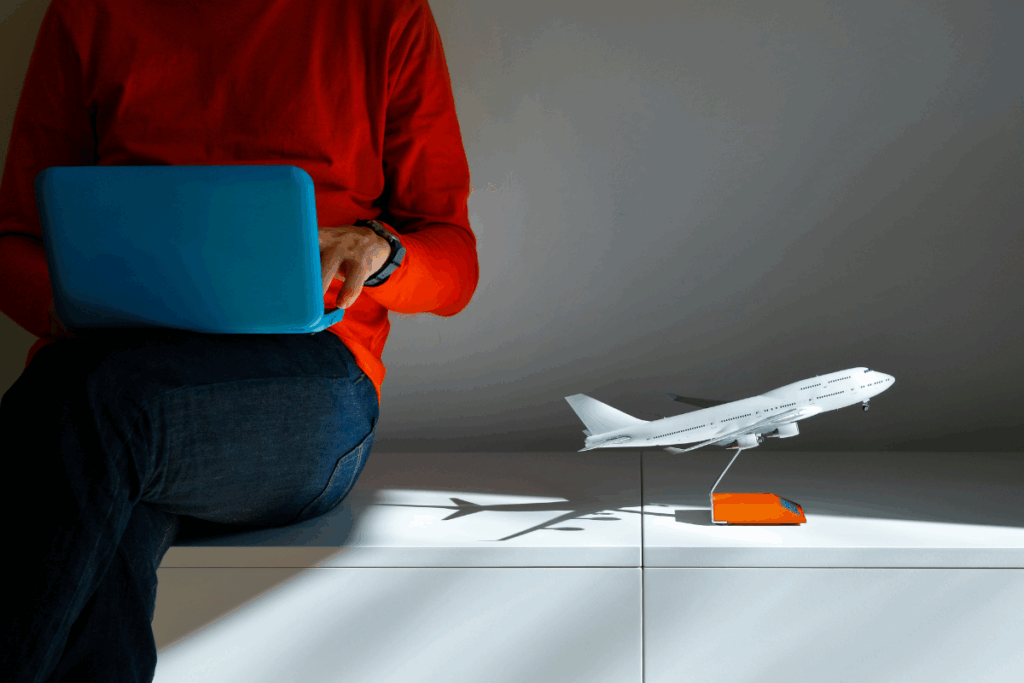Bhutan—the “Land of the Thunder Dragon”—is a sovereign Himalayan kingdom famed for its profound spirituality, enchanting scenery and pioneering approach to sustainable tourism. It measures national progress by Gross National Happiness, not just GDP. A bastion of cultural preservation, Bhutan opened its borders only in the 1970s, introduced television in the 1990s and internet in the early 2000s. Despite its modern advances, much remains untouched—where prayer flags flutter, dzongs (fortified monasteries) rise against mountain backdrops, and local costumes are still proudly worn.
Yet Bhutan remains profoundly accessible—albeit on its own carefully curated terms. The government espouses a “High Value, Low Volume” tourism policy, ensuring the environment and culture remain protected while offering an unparalleled travel experience.
1. Visa and Tourist Regulations
🛂 Visa: Indispensable and Visa-on-Arrival Not Permitted
Australian passport holders must obtain a visa in advance via an officially licensed Bhutanese tour operator or their overseas agent. Independent visa applications are not accepted. The visa fee is currently USD 40 per person, processed within 1–5 business days. Once approved, you’ll receive an e-visa clearance letter, and the official visa stamp is issued upon arrival at Paro International Airport.
Passport requirements: your passport must be valid for at least six months beyond your date of departure.
2. Sustainable Development Fee (SDF)
In keeping with its sustainable tourism ethos, Bhutan now charges all international visitors a Sustainable Development Fee (SDF) of USD 100 per person, per night—valid from September 2023 until August 2027. Indian visitors face a lower equivalent. The fee is included in your pre-paid travel package, and partially subsidises conservation, infrastructure and community development.
Families: children under five are exempt; modest discounts may apply to slightly older children.
3. Travel Packages and Licensed Tour Operators
A unique feature of Bhutan travel is that all itineraries must be arranged through government-approved operators. These packages typically comprise:
- Your visa processing
- SDF payment
- Accommodation
- All meals
- Licensed English-speaking guide
- All internal transport
- Permits & entrance fees.
Such planning ensures adherence to Bhutan’s cultural and environmental regulations and supports its sustainable, responsible tourism philosophy.
Tour styles vary—from cultural immersions and luxury pilgrimages to trekking and festival tours. A typical Australian itinerary spans 7–10 days, including Paro, Thimphu, Punakha and possibly Bumthang or Phobjikha.
4. Flights: From Australia to Bhutan
Flight Routes
There are no direct flights from Australia to Bhutan. You will transit through Bangkok, Singapore, Delhi, Kathmandu, Kolkata, or Dhaka, before boarding a Bhutanese flight into Paro:
- Drukair (Royal Bhutan Airlines) and Bhutan Airlines fly into Paro International Airport (PBH).
- Typical routes include Sydney → Bangkok → Paro; Melbourne or Brisbane → Kathmandu → Paro; Sydney → Singapore → Paro.
- Flights from Bangkok/Kathmandu/Kolkata/Dhaka return daily, and fares range from ~USD 460–950 depending on route and season.
Paro Airport
Nestled at 2,235 m elevation in a deep Himalayan valley, Paro airport is one of the world’s most demanding landings. Only specially certified pilots can fly in under visual flight conditions. Flights operate only in daylight. While spectacular, high-altitude weather can delay or even cancel flights—especially during monsoon—from June to September. Best times: April–May and September–November.
5. Health, Altitude and Safety
Health Requirements
No compulsory vaccinations are mandated, but you’re advised to be current on:
- Hepatitis A & B
- Typhoid
- Tetanus
- Routine measles–mumps–rubella immunisations
Check with your GP or a travel clinic 8 weeks before departure.
Altitude Concerns
Paro and Thimphu sit around 2,200–2,500 m altitude. For highland hikes and treks, acclimatise progressively and consider medication such as Diamox (acetazolamide). If symptoms persist, descend promptly and hydrate.
General Safety
Bhutan is extremely safe, with low crime rates. Road travel can be winding and sometimes treacherous:
- Avoid driving after dark
- Exercise caution during monsoon season
6. Finance, Currency & Communications
Currency
- Bhutanese Ngultrum (BTN) is the official currency; Indian Rupee (INR) is accepted at par value.
- ATMs are available in Paro and Thimphu—but not consistently reliable.
- Credit cards are accepted at upscale hotels and shops; otherwise, carry cash.
- Recommended: inform your bank before travel or carry extra USD/INR to exchange.
Mobile Connectivity
Australian SIM cards will not work. Purchase a local Bhutanese SIM upon arrival; foreign SIMs have low transaction limits.
7. Best Time to Visit & What to Pack
Seasons
Peak travel seasons:
- Spring (March–May): Alpine blooms, moderate weather.
- Autumn (September–November): Clear skies, utmost trekking comfort
Monsoon (June–August) brings rain and delays; winter (December–February) brings cold, though cultural festivals still take place .
Packing Essentials
Bring:
- Layered clothing & waterproof outerwear
- Hiking boots or sturdy walking shoes
- Sun protection (hat, sunscreen)
- Water bottle, personal meds
- Modest attire for temples (cover shoulders & knees)
8. Cultural Insights & Etiquette
Respectful Conduct
Bhutanese culture places high value on modesty and mindfulness:
- Dress conservatively at religious sites: cover shoulders/legs, remove hats and shoes; follow your guide’s lead.
- Ask before photographing people or rituals.
- Be respectful of phallic symbols seen on homes—they represent fertility and a popular local custom.
- Bargaining is uncommon—prices already reflect cultural craftsmanship.
9. Experiences You Must Have
Spiritual & Cultural Highlights
- Tiger’s Nest Monastery (Paro Taktsang): Perched precariously 900 m above Paro Valley. A steep, meditative hike culminating in profound spiritual resonance
- Dzongs: Architectural marvels, including Tashichho Dzong in Thimphu and Punakha Dzong—living seats of governance and religion
- Festivals: Colourful religious dances and mask performances during local tsechus—reservations can be arranged via your tour operator.
Scenic & Trekking Routes
- Trans-Bhutan Trail: Once a 30-day trans-Himalayan route; now available in shorter segments
- Dochula Pass & Divine Madman’s Trail: Contrasts snow-capped passes with peaceful villages
- Phobjikha Valley & Bumthang: Ideal for nature lovers and trekkers, especially wildlife enthusiasts.
Cultural Immersion
- National Memorial Chorten & Bhutan Postal Museum in Thimphu
- Weekend markets: Local produce, incense, and textiles
- Homestays & local cuisine: Ema datshi, momos and regional specialities
10. Budget & Cost Expectations
Typical inclusions:
- Visa: USD 40
- SDF: USD 100 per night
- Accommodation, meals, transport, guide: through the package
Operator package rates (excluding flights) often range from USD 200–250 per person per day depending on season, style of lodging and group size.
Flights (round-trip to Paro via transit) typically cost between USD 460–950, depending on routing and clas.
Overall, a 10-day Bhutan trip from Australia often begins around AUD 7,000–10,000 per person—covering international travel, Bhutan tour package, insurance, and incidental expenses.
11. Recommended Itinerary (10 Days)
| Day | Location / Activity |
|---|---|
| 1 | Depart Australia; transit to regional hub (e.g. Bangkok, Delhi, Kathmandu) |
| 2 | Arrive Paro; airport reception, local sightseeing |
| 3 | Hike to Tiger’s Nest; evening in Paro |
| 4 | Transfer to Thimphu; explore National Memorial Chorten, markets |
| 5 | Thimphu cultural tour; drive to Punakha via Dochula Pass |
| 6 | Visit Punakha Dzong; optional river rafting or villages |
| 7 | Transfer to Bumthang (via internal flight or drive) |
| 8 | Bumthang cultural exploration and temples |
| 9 | Return to Paro; final local visits or hikes |
| 10 | Depart Bhutan; return flight to Australia via transit hubs |
12. Practical Tips & Final Advice
- Book early (ideally 6–9 months ahead) for peak season travel and Paro flights
- Verify connectivity: ATMs/cards may fail; carry sufficient cash and backup currency (INR/USD) .
- Altitude prep: Pace ascent, hydrate, and pack altitude-relief meds.
- Cultural sensitivity: Respect monastery etiquette, photography rules, attire.
- Insurance: Mandatory coverage including medical evacuation is usually included in tour packages; if not, purchase before departure.
Conclusion
Travelling to Bhutan from Australia is more than a destination—it’s an immersive, transformative journey into spirituality, natural grandeur and cultural integrity. Though the planning is unique—mandated visas, guided tours, mandatory SDF—it’s precisely this structure that preserves Bhutan’s authentic essence and ensures visitors experience a country unbowed by over-tourism.
From the sleek curves of Paro’s cliffs to the serene prayer wheels of Bumthang, and the warm smiles echoing through dzongs, your journey promises inspiration, reflection and the discovery of happiness beyond measure.
If you’d like a curated list of top tour operators in Australia, assistance with budgeting or help tailoring an itinerary, I’d be delighted to assist further.





